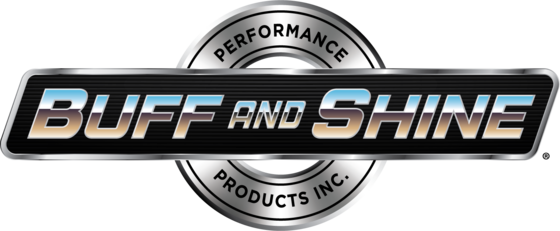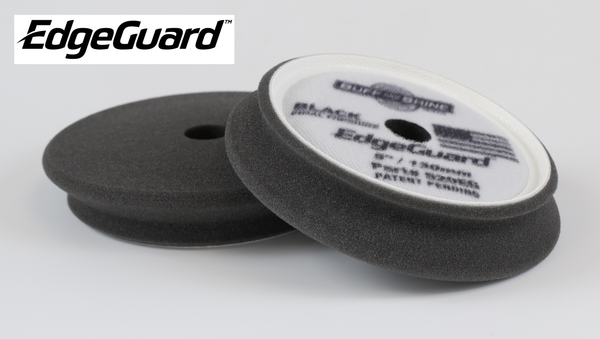200 gram Grey Fine Grade Clay Bar
GC1
Also known as body clay, the clay bar is one of the most ingenious products to hit the detailing industry. Clay bars come in two grades, medium and fine. Our stock comes in two colors, purple and gray respectively. They weigh approximately 200 grams each and we also offer the same grades in smaller 180 gram size, but the color for medium is lt. blue and dark blue for fine grade.
The clay bar offers an option to fix common paint problems; saving time, money and possible further damage. For example, in paint over spray removal, one common traditional method was the use of the high-speed buffer and cutting compounds. The downside to this was obvious, especially on newer paint. With some of the older remedies, the detail technician would actually create more damage than what was already there. With the advent of body clay, paint over spray can now be removed quickly and safely. The same with railhead dust contamination. On lighter colored cars, especially white cars, railhead dust would show up as numerous rust spots. They would also leave the painted surface rough to the touch. Railhead dust is basically small heated iron particles throw up by trains, settling on automotive paint during transport. Previously, a solution of acid based chemicals was used to bathe the car and remove what people in the industry called “industrial fallout”. Needless to say, this procedure had all kinds of negative aspects to it and the clay bar simply helped put an end to the use of acid based cleaners for removing the rust spots. Furthermore, dealers started wrapping the top surfaces of their cars prior to shipment with a plastic material; this assisted greatly in protecting the painted surfaces.
In cases of paint over spray, industrial fallout (railhead dust), brake dust contamination, the method of removal with the clay bar is the same. The technician will “knead” the clay out to form a flat piece and rub the affected paint area with it. But first, water or better yet a water based lubricant designed to help the clay slide on the paint surface is applied. Usually applied by a bottle with a trigger sprayer, the lubricant is sprayed on followed by the clay. The technician doesn’t have to rub hard, the clay works with minimal pressure and once it gets loaded up with contaminants, you simply re-knead it and use it over and over.
Caution should be used not drop the clay on the ground. If this happens, the clay is rendered useless. Secure the clay after use in a clean container. Do not use with soap because soap degrades the clay.
Clay is a remarkable product and it doesn’t hurt to give the top surface of every car prior to buffing a quick claying. Doing this removes surface contaminants that actually project off the surface of the paint. Removing these contaminants is like removing grit, this material has the potential to swirl paint and create friction while buffing. This quick surface preparation also makes the surface smooth to the touch and reduces buffer drag. Believe it or not, the buffing process then goes easier because you removed the particles the buffing pad normally conflicts with. Try it.
- Material Color: Cool Grey
- Grams: 200
- Grade: Fine
Related Items
#520EG EdgeGuard Foam Pad, Black, Finishing, 5" / 130mm (2 pack)
Loop 5" / 130mm
Face Dia. 6"
Thickness 1"
#534EG EdgeGuard Foam Pad, Yellow, Polishing, 5" / 130mm (2 pack)
Loop Dia. 5" / 130mm
Face Dia. 6"
Thickness 1"
#554EG EdgeGuard Foam Pad, Blue, Heavy Cut, 5" / 130mm (2 pack)
Loop Dia. 5"
Face Dia. 6"
Thickness 1"







